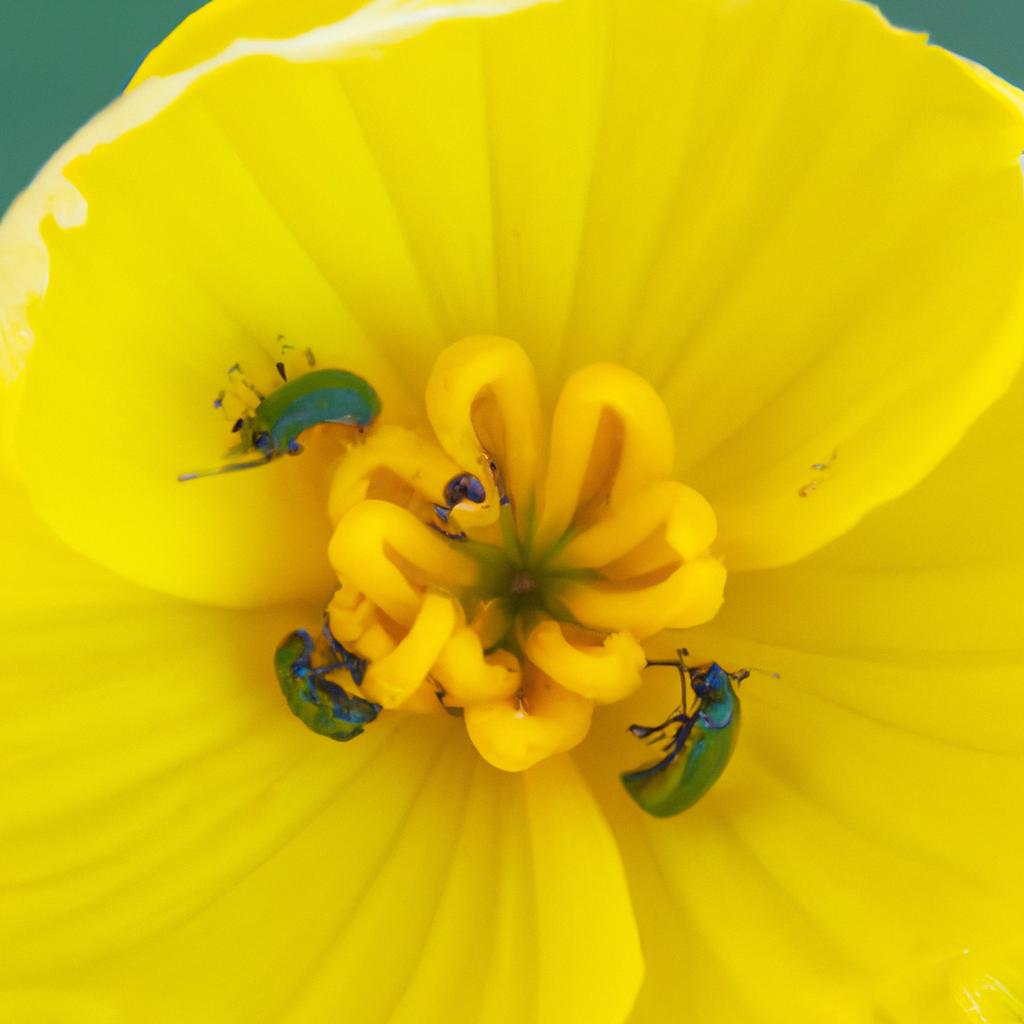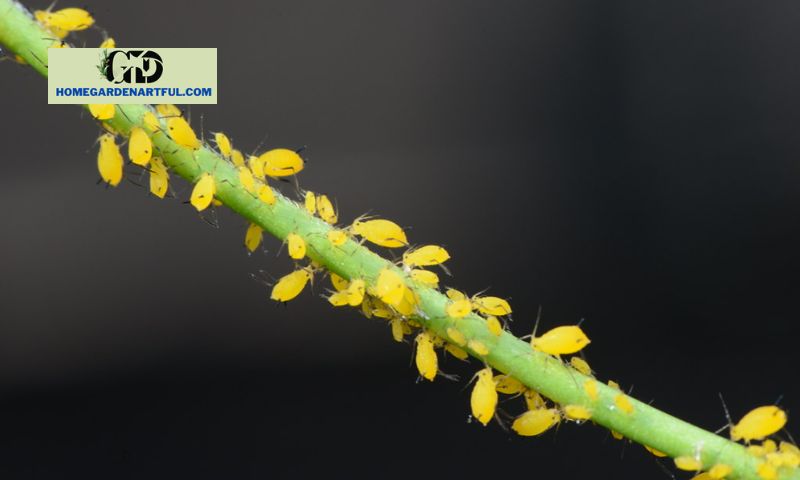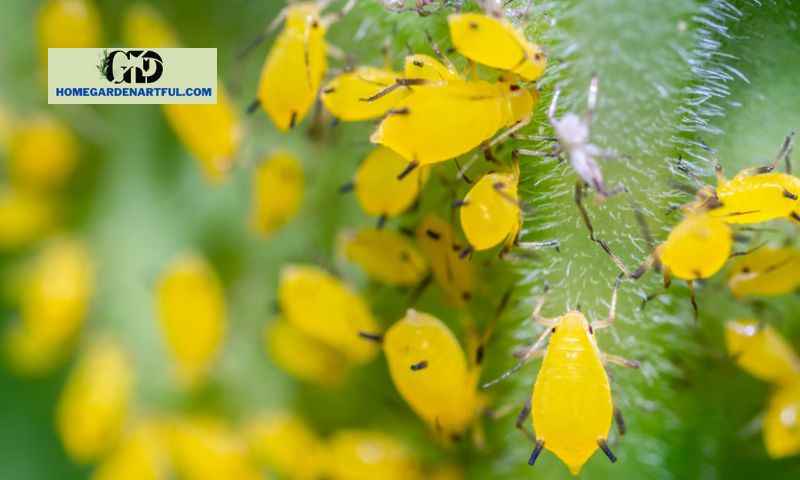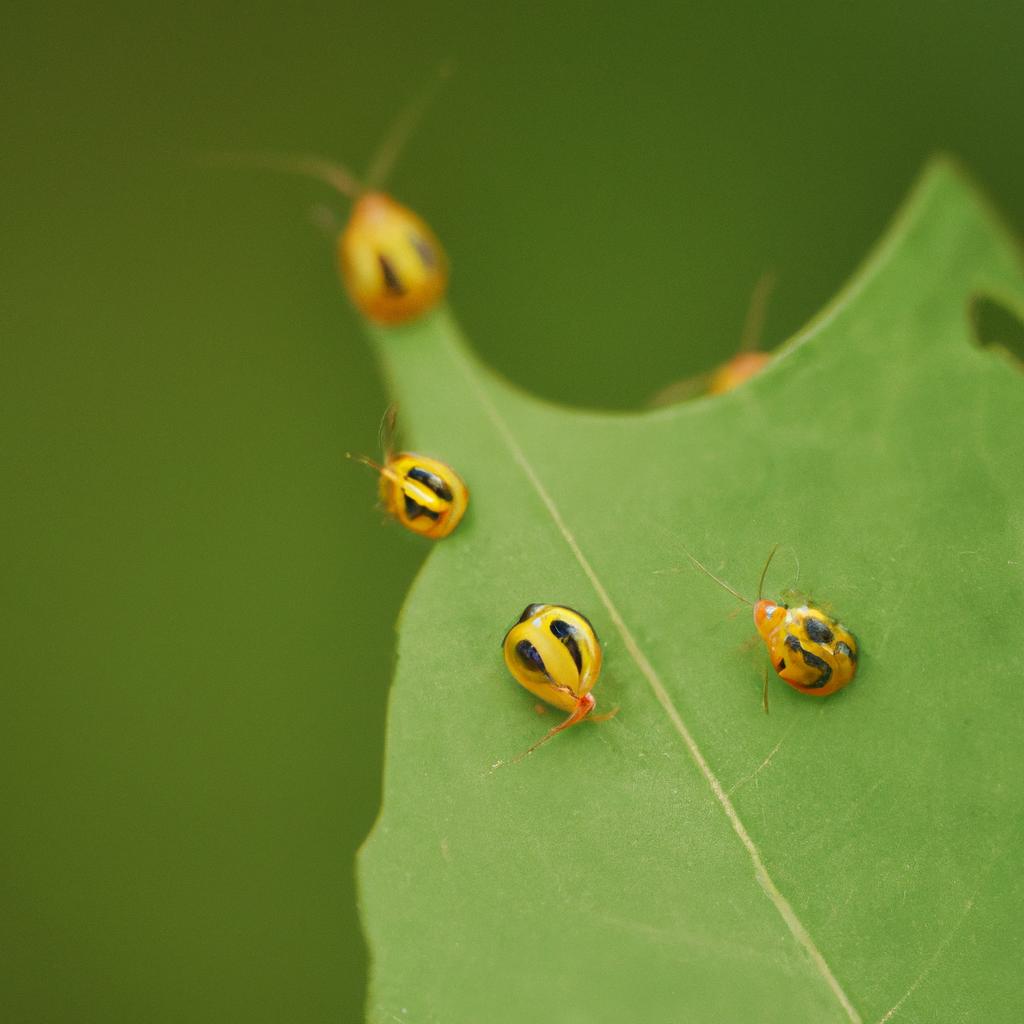Discover effective prevention and control methods for tiny yellow bugs. Learn natural and organic solutions, as well as chemical treatments for eradication.
Introduction

Have you ever come across those pesky tiny yellow bugs in your home or garden and wondered what they are? Well, you’re not alone. These tiny creatures may be small, but they can cause quite a nuisance if left unchecked. In this comprehensive guide, homegardenartful.com will shed light on the world of tiny yellow bugs, their characteristics, and why it is crucial to understand and deal with them effectively.
Definition and Description of Tiny Yellow Bugs
Tiny yellow bugs, also known as yellow insect pests, are small insects that measure around 1 to 3 millimeters in length. They belong to different species and varieties, each with its unique characteristics. These bugs can be found both indoors and outdoors, infesting plants, and crops, and even invading your living spaces.
Importance of Understanding and Dealing with Tiny Yellow Bugs
Understanding these tiny yellow bugs is essential for several reasons. Firstly, identifying the specific species or variety can help determine the potential risks they pose to your health, garden, or crops. Secondly, knowing their behavior patterns and preferred habitats allows you to implement preventive measures effectively. Lastly, taking prompt action to control and eliminate these bugs can save you from the frustration and damage they may cause.
Now that we have a clear introduction to these tiny yellow bugs, let’s dive deeper into the types of bugs you may encounter in Section
Types of Tiny Yellow Bugs

Different Species and Varieties of Tiny Yellow Bugs
When it comes to tiny yellow bugs, there are several species and varieties that you may come across. Let’s explore some of the most common ones:
- Aphids: These small, soft-bodied insects are notorious for infesting plants and wreaking havoc in gardens. They come in various colors, including yellow, and can be found in clusters on the undersides of leaves.
- Thrips: Thrips are incredibly tiny insects that feed on plants by piercing and sucking out their juices. Some species of thrips, such as the Western flower thrips, have a yellowish coloration.
- Fungus Gnats: These small, delicate flies are often mistaken for tiny yellow bugs due to their color. Fungus gnats are attracted to moist environments and can be found hovering around potted plants or areas with decaying organic matter.
Identification Tips and Characteristics for Each Type
To effectively deal with tiny yellow bugs, it is crucial to identify the specific type you are dealing with. Here are some tips and characteristics to help you differentiate between different species:
- Aphids: Look for clusters of small, soft-bodied insects on the undersides of leaves and new growth. Aphids can be yellow, green, black, or even brown in color, depending on the species.
- Thrips: Thrips are extremely small and difficult to spot with the naked eye. However, you may notice tiny yellow or pale spots on leaves, along with silver streaks or blemishes caused by their feeding.
- Fungus Gnats: These flies are typically small and have long, delicate legs. They are attracted to damp soil and can often be seen flying around potted plants. Look for their yellowish bodies and long antennae.
By familiarizing yourself with the different species and their characteristics, you can take appropriate measures to control and eliminate these tiny yellow bugs. Next, let’s delve into their habitat and behavior in Section
Habitat and Behavior

Preferred Habitats and Environments of Tiny Yellow Bugs
Understanding the preferred habitats of tiny yellow bugs is crucial in effectively managing and preventing infestations. These bugs have diverse habitat preferences depending on their species. Some common habitats include:
1. Gardens and Plants
Tiny yellow bugs are often found infesting gardens and plants, particularly those with lush foliage. They may feed on plant sap or create small colonies on leaves, stems, or flowers. If left unchecked, they can cause damage and hinder the growth of your beloved plants.
2. Agricultural Crops
Farmers and gardeners are familiar with the challenges posed by tiny yellow bugs in agricultural settings. These pests can target various crops, including vegetables, fruits, and grains. Their feeding habits can lead to stunted growth, reduced yield, and even transmit diseases among plants.
3. Indoor Spaces
Tiny yellow bugs can also make their way indoors, seeking shelter and sustenance. They may be attracted to warm and humid environments, such as kitchens, bathrooms, or potted plants inside your home. It’s important to be vigilant and take preventive measures to avoid an infestation.
Behavior Patterns and Tendencies of These Bugs
Tiny yellow bugs exhibit specific behavior patterns that help them adapt to their surroundings and ensure their survival. Understanding these tendencies can assist in effective control and prevention strategies. Here are some key behavior patterns observed in these bugs:
1. Swarming Behavior
Certain species of tiny yellow bugs are known to exhibit swarming behavior. They gather in large numbers, often attracted by specific food sources or environmental conditions. Swarms can be overwhelming and require immediate attention to prevent further infestations.
2. Phototaxis
Many tiny yellow bugs exhibit a behavior known as phototaxis, which means they are attracted to light sources. This behavior can lead them to congregate around windows or light fixtures, making it easier to spot and control their presence.
3. Seasonal Activity
The activity of these bugs can vary depending on the season. Some species may be more active during warmer months, while others may thrive in cooler temperatures. Understanding their seasonal patterns can help in implementing targeted prevention and control measures.
By gaining insights into the preferred habitats and behavior patterns of tiny yellow bugs, you are better equipped to tackle their presence effectively. In the next section, we will explore the potential risks and dangers associated with these bugs.
Potential Risks and Dangers
When it comes to tiny yellow bugs, it’s not just their appearance that may concern you. These little pests can pose various risks and dangers, affecting both your well-being and the health of your garden or crops. Let’s explore the potential risks associated with these bugs and the damages they can cause.
Health Risks and Diseases Associated with Tiny Yellow Bugs
Some species of tiny yellow bugs can carry harmful bacteria, viruses, or parasites, posing a potential threat to human health. They can bite or sting, leading to skin irritations, allergic reactions, or even transmitting diseases. If you notice persistent itching, rashes, or any other unusual symptoms after encountering these bugs, it’s essential to seek medical attention.
Damage Caused by Tiny Yellow Bugs to Crops, Plants, or Infrastructure
Tiny yellow bugs can wreak havoc on your garden, crops, or even the structures of your home. They feed on plant sap, causing wilting, discoloration, and stunted growth. These bugs can also transmit plant diseases, leading to the deterioration of your precious plants. Additionally, certain species may infest wooden structures, causing structural damage over time.
It’s crucial to stay vigilant and take timely action to prevent and control the presence of these bugs. In the next section, we will explore effective prevention and control methods to help you combat these tiny yellow pests.
Stay tuned for Section V, where we will delve into practical prevention and control methods to keep those tiny yellow bugs at bay!
Conclusion
In conclusion, understanding and effectively dealing with tiny yellow bugs is crucial for maintaining a healthy and thriving environment. By familiarizing yourself with the different species and their characteristics, you can identify potential risks and take appropriate preventive measures. Whether you opt for natural and organic methods or choose chemical treatments, it is essential to prioritize the well-being of your plants, crops, and personal health.
Remember, early detection and prompt action are key to mitigating the damages caused by these tiny yellow bugs. Stay vigilant and regularly inspect your surroundings to nip any infestations in the bud. If you’re unsure about the best course of action, consult with pest control professionals or seek advice from experienced gardeners.
At homegardenArtful.com, we are dedicated to providing you with valuable insights and tips to help you maintain a beautiful and pest-free environment. For more information on dealing with tiny yellow bugs and other gardening-related topics, feel free to explore our website. Together, we can create a vibrant and thriving space that is free from the clutches of these tiny yellow pests.
Remember, knowledge is power when it comes to dealing with tiny yellow bugs. Arm yourself with information, take action, and reclaim your space from these pesky invaders.
Now, the article is complete.


